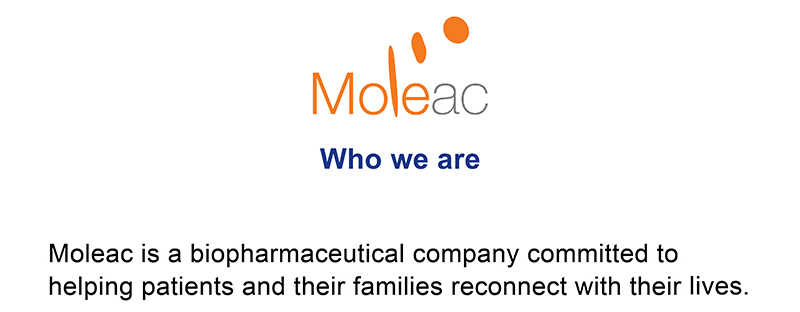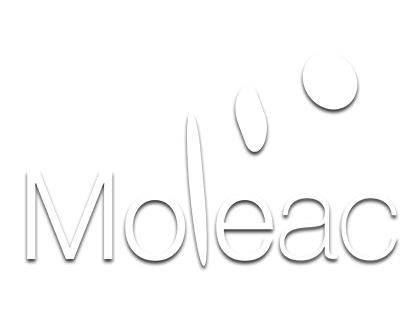
Stroke clinical research is vital to discoverr efficient new medicines. It is a long and thorough process that goes through several phases before it is cleared to be used as a prescribed medicine. So, how does the process work?

Clinical research in stroke is divided into four phase ¹:
Phase 1: Tests are initiated on a small number of healthy adults to control the absence of harmful effects with a gradual increase in dose. Researchers assess for each dose, the side effects, and potential interactions with other drugs.
Phase 2: Clinical trials are conducted on a limited number of stroke patients to verify at first the safety of the treatment effect on stroke symptoms versus placebo. The main objectives are to monitor the occurrence of potential adverse events and complications, and to determine the best timing for treatment administration.
Phase 3: Based on Phase 2 outcomes, larger clinical trials are being conducted on hundreds of stroke patients to demonstrate the efficacy and safety of the treatment, by comparing it to registered treatments or a placebo.
Phase 4: Once the new treatment has been approved by Health Authorities, larger trials or registries involve stroke patients treated in clinical practice to evaluate the long-term efficacy and safety of the treatment. This phase allows monitoring of rare or late side-effects, as well as evaluating the treatment benefit/risk ratio on patients in real life conditions.
At the moment, this process is being applied to several new stroke treatments including stem cell therapy to increase brain cell reproduction and thrombectomy, an endovascular intervention to remove blood clots from the brain and minimize the brain lesion and related disabilities.2,3
Once all trials are completed, the results are then reviewed and presented to national medical regulators to get their approval to be used as a standard treatment in hospitals and in the community.

Stroke clinical research is vital to discover efficient new medicines. It is a long and thorough process that goes through several phases before it is cleared to be used as a prescribed medicine. So, how does the process work? Clinical research is not just for trialing new medicines. It is also used to work out the epidemiology of conditions such as stroke. Epidemiology not only provides insights into what causes conditions such as strokes to occur but also how often it occurs across the community.
In recent years, stroke epidemiological research has shown how prevalent strokes occur throughout the world. Prof. Jeyaraj Durai Pandian, President-Elect of the World Stroke Organization and Head of Neurology at Christian Medical College in Ludhiana, India, revealed how common strokes are, saying that “1 in 4 people in the world will have a stroke and that is very helpful in clinical research to develop new drugs and treatments.” ⁴
Learn more about Stroke Clinical Research with Professor Jeyaraj Durai Pandian and Noemie
Professor Jeyaraj Durai Pandian
Professor and Head of Neurology and Dean,
Christian Medical College, Ludhiana, India,
President-Elect, World Stroke Organisation
As strokes are a leading health issue worldwide, he highlights the need to continue clinical research for stroke prevention and further advance medical treatments to help stroke victims in their recovery.
This not only saves lives, but ensures that stroke victims have a greater chance of recovery as technology and science continues to advance.
Clinical research is the key to a brighter future for stroke patients.
Follow us on social media!

Contact: [email protected]
This document does not constitute the practice of medical consultation nor medical advice.
Always seek the advice of your treating physician and/or specialist.
All Rights Reserved by Moleac Pte Ltd, Helios #09-08, 11 Biopolis Way, Singapore 138667

